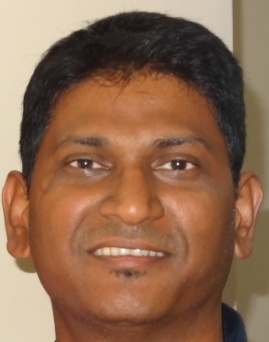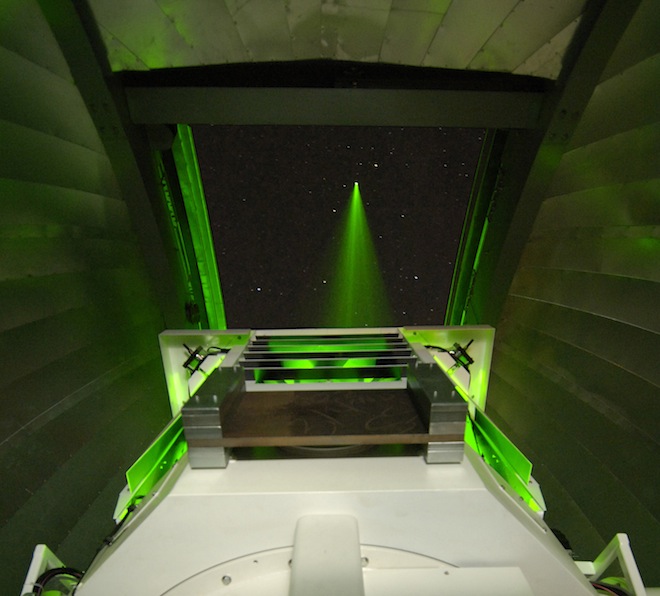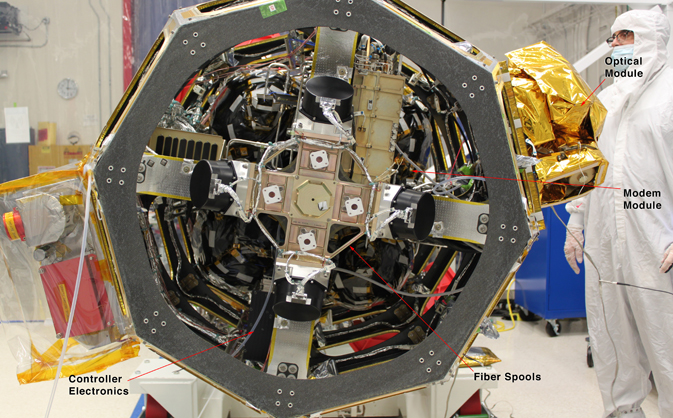
Working in Australia – Part 3
Working in Australia – Part 3
Today we continue with our series on ‘Working in Australia’ with the personal story written by Kiran Burra. He talks about his dream to migrate to Australia and the process he went through.
Kiran Burra – My Journey and Settlement in Australia
Summary:
After completing my post graduate studies in geosciences, with a Diploma in GIS & Remote Sensing, I started my career in GIS with Patni Computer Systems, a multinational company in India. I gained professional experience working on all GIS & CAD software in capturing, maintaining data and quality assurance on all outgoing data. I am currently working for SA Power Networks, a distribution network company in Adelaide, undertaking in house GIS projects.
I have extensive experience applying geographic analysis and technologies for improved information management and decision support worldwide. I am experienced in data creation and maintenance, GPS/GIS integration and GIS analysis working on industry standard GIS tools like ESRI ArcGIS (3D Analyst and Spatial Analyst extensions), GeoMedia, and CAD.
Migrating to Australia:
I grew up in India in a well educated family where my parents both served in public sector organisations. With a growing passion for technology and continuous backup from my parents, I spent my childhood discovering new things. After finishing high school, I was inspired to pursue further studies in sciences and technology. During this time, I discovered an interest in geography and then pursued a university undergraduate degree in science and followed by masters in the geosciences.
Whilst searching for an appropriate GIS role, I undertook additional training by completing certifications in GIS. Shortly after that I started my GIS journey working with a number of very good companies.
Migrating to Australia was my dream of mine since 2002 but the circumstances and financial conditions did not support my dream. Whilst I working in Libya, with a Swedish company, I my colleagues encouraged me to get the process started.
In 2008 I consulted a migration company in India and from there the process of migration started by submitting all my certificates, IELTS scores, medicals, Police clearance certificates, and showing my assets in India. I was approved for a visa in September 2011 after waiting for more than a year and receiving my sponsorship from Government of South Australia.
After coming to Australia:
I thought coming to Australia and settling down would be easy. It was difficult to find job especially in the GIS field. It took more than 3 months to get a job and enter into Australian market. I would say I am lucky to have good skills in GIS and of course God’s grace was upon me.
Future Plans:
Living happy life with healthy work-life balance. I am primarily looking to settle into a new GIS role in Adelaide, but I am open to relocation if offered a suitable permanent role interstate in GIS.
Working in Australia – Part 3
I trust you find this information helpful
Dean Howell
Founder and CEO Geospatial Connect










